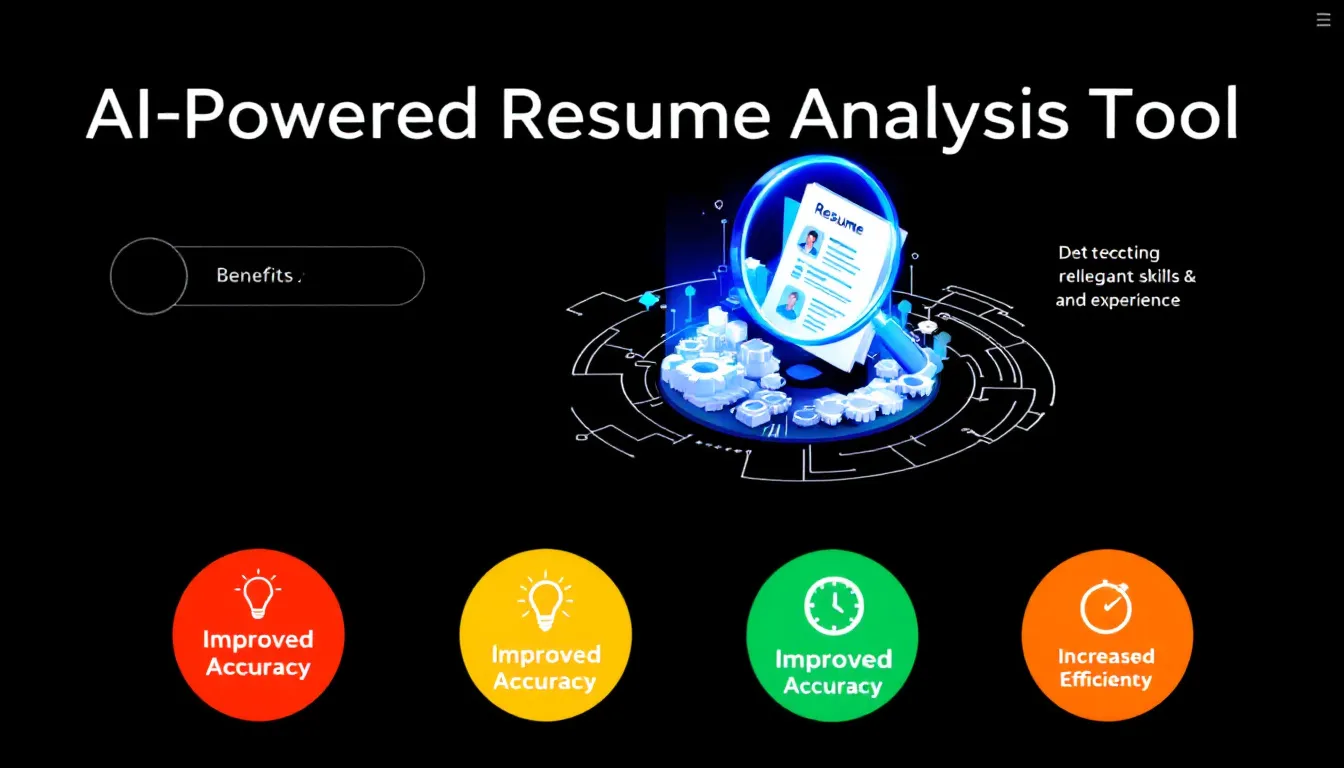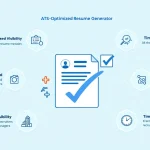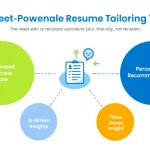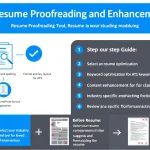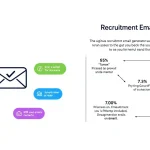Resume Analysis Tool
Is this tool helpful?
How to Use the Resume Analysis Tool Effectively
The Resume Analysis Tool helps you spot gaps, inconsistencies, and important details in candidate resumes. Follow these steps to make the most of it:
- Paste the resume text: Copy the full text of the resume you want to analyze into the input field. For example, enter a resume containing the candidate’s professional experience, certifications, skills, and accomplishments.
- Specify the job position: Enter the exact job title you’re evaluating for, such as “Product Manager” or “UX Designer.”
- Provide industry context (optional): Add relevant industry information to sharpen the analysis. For instance, use “Renewable Energy” for a Project Coordinator role or “E-commerce” for a Digital Marketing Specialist position.
- Click “Analyze Resume”: Submit the form to start processing the resume.
- Review the results: The tool highlights employment gaps, unclear descriptions, mismatched skills, and other factors to prepare you for interview discussions.
- Copy the analysis: Use the copy function to save or share the insights with your recruitment team.
What is the Resume Analysis Tool? Purpose and Benefits
The Resume Analysis Tool is an AI-powered assistant that reviews resumes with attention to detail, helping recruiters and hiring managers quickly identify potential issues and strengths. By analyzing resumes against job titles and industry contexts, it reveals hidden inconsistencies and highlights areas that merit interview focus.
Purpose of the Tool
This tool automates the initial resume review process, uncovering:
- Employment gaps without explanations
- Skills missing for the specific job role
- Ambiguous role descriptions needing clarification
- Qualifications that don’t meet position requirements
- Potential discrepancies or red flags in resume content
Key Benefits for Recruiters and Hiring Managers
- Save time: Automate resume screening to quickly filter the best candidates.
- Maintain consistency: Standardize evaluations to reduce bias and errors.
- Gain deeper insights: Detect subtle issues often overlooked in manual reviews.
- Customize your analysis: Tailor assessments to specific roles and industries.
- Interview preparation: Identify points to explore during interviews.
Practical Applications of the Resume Analysis Tool
You can use this tool in various recruitment scenarios, such as:
High-Volume Recruitment
Screen large batches of resumes efficiently, especially for seasonal hiring in retail, hospitality, or customer service fields.
Technical Positions
Verify if candidates possess required technical skills and certifications, for example checking for cloud platform experience in a Cloud Engineer’s application.
Executive and Leadership Roles
Analyze career trajectories, leadership achievements, and relevant industry experience to find strong candidates for management roles.
Career Transition Candidates
Identify transferable skills and relevant experience from applicants switching industries, helping you spot versatile talent.
Entry-Level and Internship Hiring
Focus on educational background, internships, and extracurriculars in recent graduates’ resumes to find promising individuals.
Common Questions About the Resume Analysis Tool
Can the tool replace human recruiters?
No. The tool supports recruiters by providing insights and saving time but should not replace human judgment in hiring decisions.
How fast is the analysis?
Resume analysis completes within seconds, enabling rapid processing of many applications.
Does it accept different resume formats?
Yes. As long as you can copy and paste the resume text, the tool can analyze it regardless of the original format.
Is it suitable for all industries?
Yes. The optional industry context helps tailor the analysis to various fields.
How does it handle creative or unconventional resumes?
The tool analyzes all text but it’s important to review insights carefully when resumes use non-standard formats or styles.
Can I use this tool for internal promotions?
Yes, it helps evaluate internal candidates by identifying skill gaps and growth potential.
Is the tool updated with market trends?
Yes, updates incorporate new skills and job market shifts to keep evaluations relevant.
Does it integrate with applicant tracking systems (ATS)?
Currently, it works as a standalone tool, but future versions may support ATS integration.
Does it analyze multilingual resumes?
The tool is optimized for English text. For best results, use English sections or provide translations.
How AI Improves Your Resume Screening
The Resume Analysis Tool uses artificial intelligence to uncover patterns and issues missed by manual reviews. It compares resume content against job requirements and industry standards to deliver:
- Identification of unexplained employment gaps
- Alignment checks between listed skills and job needs
- Flags for vague or ambiguous job descriptions
- Verification of qualifications and certifications
- Detection of inconsistencies in dates or roles
These insights help you make faster, more accurate hiring decisions and focus interviews on relevant points.
Streamline Your Hiring Process with Data-Driven Insights
- Analyze more candidates quickly: Automate routine screening to consider larger talent pools.
- Standardize your evaluations: Apply consistent criteria to avoid bias.
- Use data for decisions: Base your hiring choices on clear analysis rather than guesswork.
- Prepare targeted interviews: Focus questions on flagged resume details.
- Customize screening: Fine-tune based on job roles and industry context.
By adopting AI-driven resume analysis, you can improve hiring quality while saving time and effort throughout the recruitment workflow.
Important Disclaimer
The calculations, results, and content provided by our tools are not guaranteed to be accurate, complete, or reliable. Users are responsible for verifying and interpreting the results. Our content and tools may contain errors, biases, or inconsistencies. Do not enter personal data, sensitive information, or personally identifiable information in our web forms or tools. Such data entry violates our terms of service and may result in unauthorized disclosure to third parties. We reserve the right to save inputs and outputs from our tools for the purposes of error debugging, bias identification, and performance improvement. External companies providing AI models used in our tools may also save and process data in accordance with their own policies. By using our tools, you consent to this data collection and processing. We reserve the right to limit the usage of our tools based on current usability factors.
